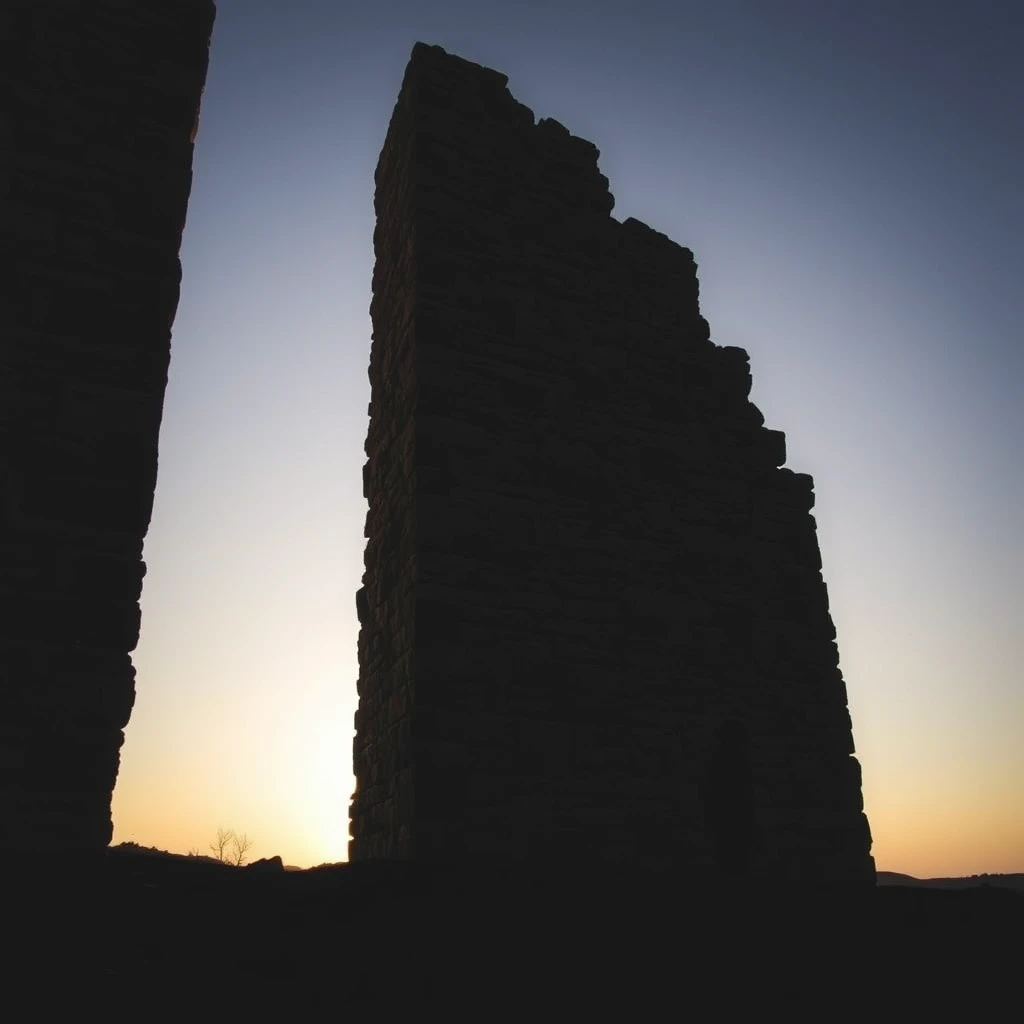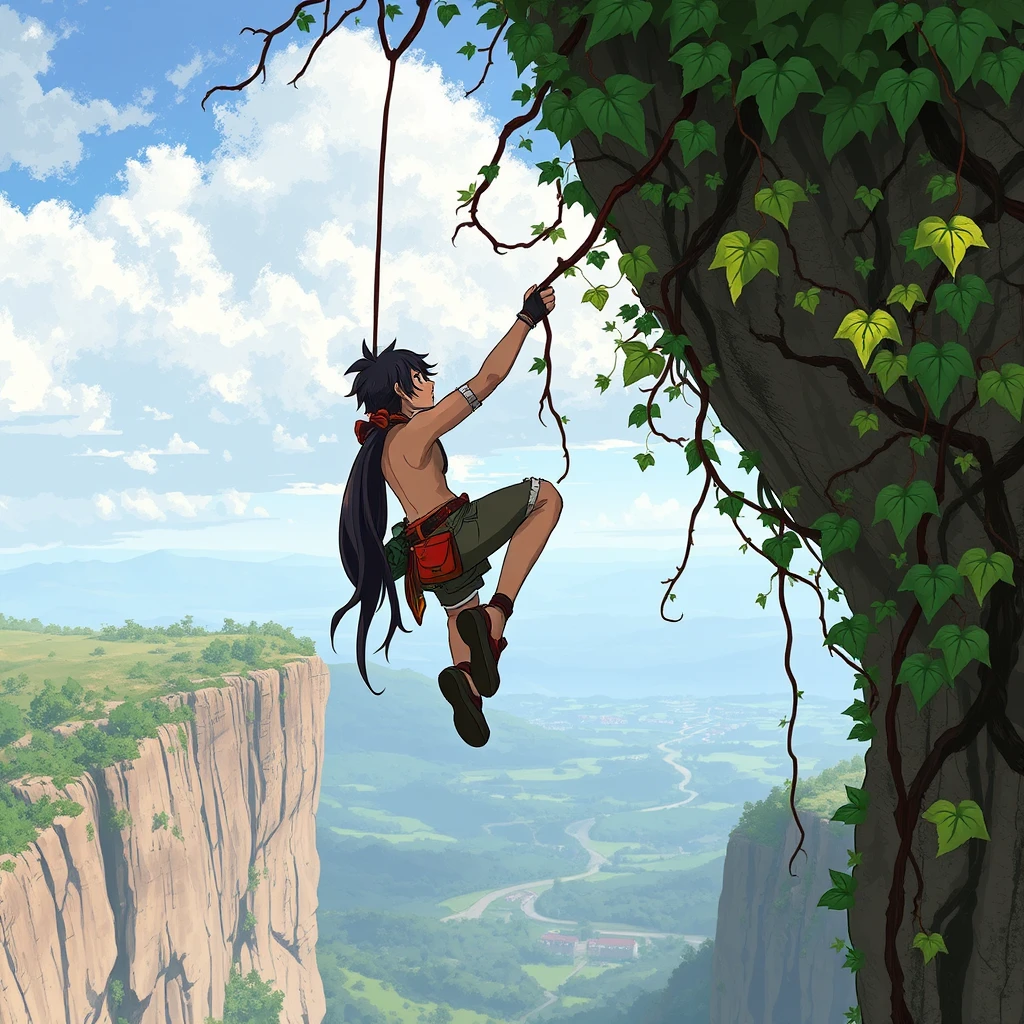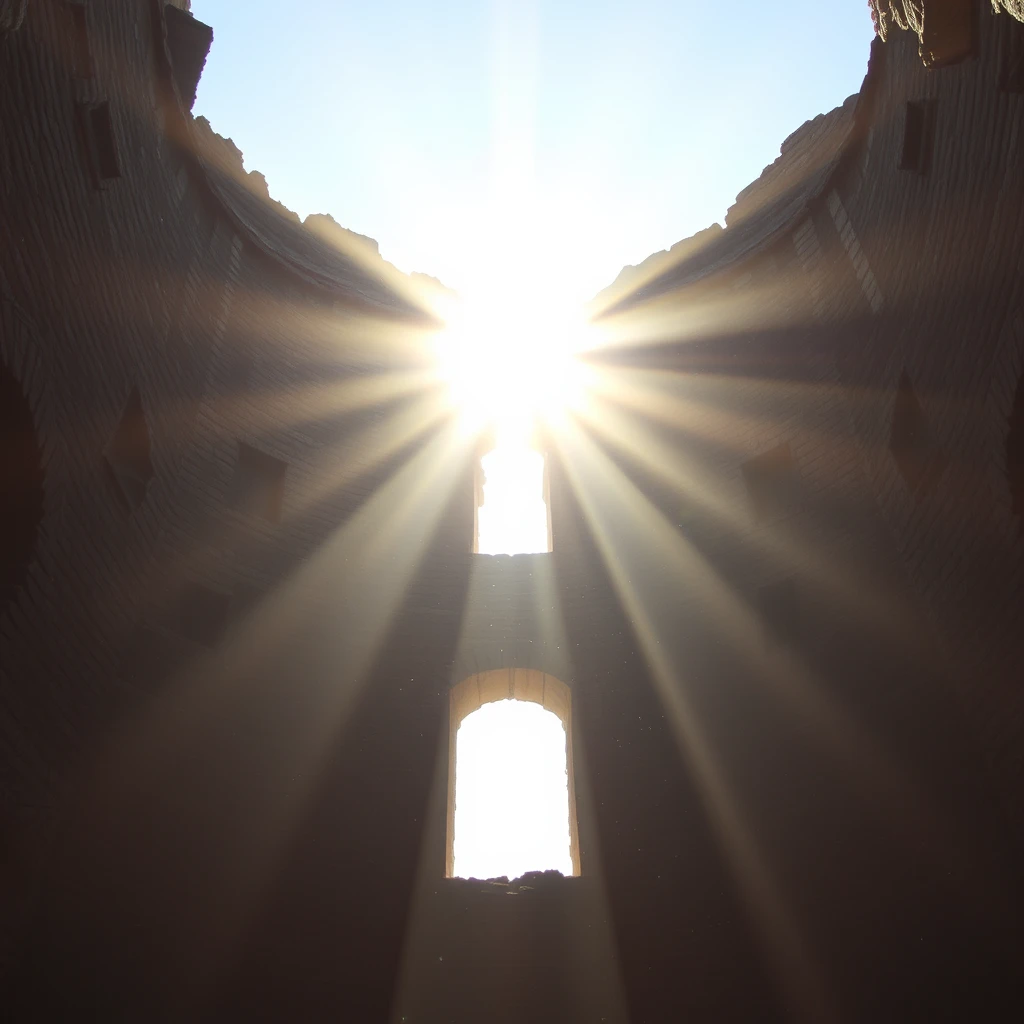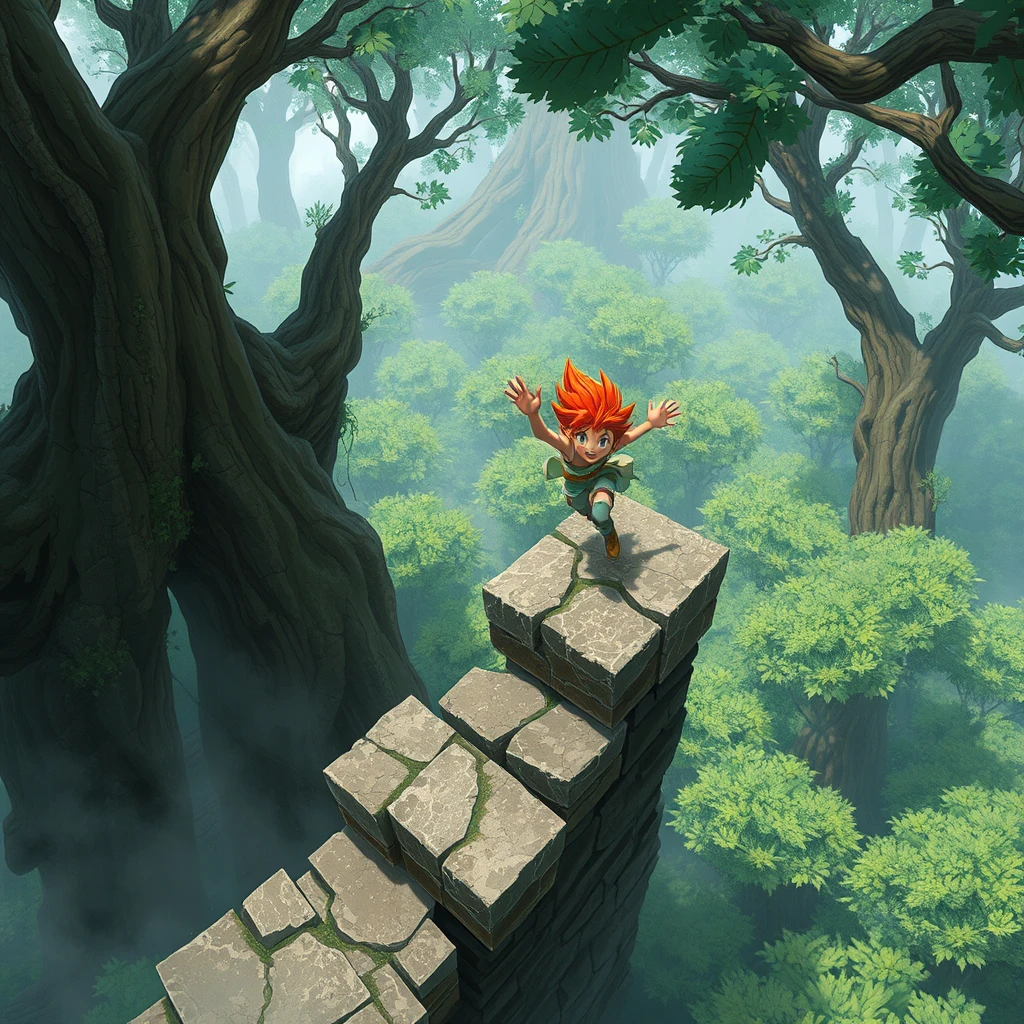Wall-Climbing Puzzles Elevate Indie Game Design
Introduction
Indie developers often struggle to create engaging puzzle experiences with limited resources. Wall-climbing mechanics offer a solution by injecting verticality and unique spatial reasoning. Games like The Witness, Breath of the Wild, and Grow Home demonstrate how verticality creates memorable experiences. By incorporating wall-climbing, developers can tap into a niche audience hungry for innovative spatial challenges and exploration-driven gameplay, setting their games apart in a saturated market.
This article explores how to design compelling puzzle games by leveraging wall-climbing’s unique challenges and opportunities, adding depth to your indie game and potentially expanding your audience.

The Allure of Verticality
Why wall-climbing? It’s more than just moving upwards; it changes the player’s perspective. The game world transforms as new movement possibilities emerge, opening doors to unique visual compositions not possible on a flat plane.
Verticality inherently creates a sense of scale. Climbing a massive structure can instill both awe and vulnerability. Think of games like ICO and Shadow of the Colossus, or Metroidvanias. These games use verticality to great effect, making it a core element of progression and exploration.
Designing Puzzles with Wall-Climbing in Mind
Integrating wall-climbing into puzzle design allows for several distinct approaches:
Spatial Reasoning
Wall-climbing inherently forces players to think in three dimensions. No longer are puzzles confined to a 2D plane. Players must now consider height, depth, and angles previously unavailable.
Examples of puzzles leveraging spatial reasoning with wall-climbing:
- Rotating Walls: A player must climb a wall section while simultaneously rotating it to create a continuous, traversable path to the top.
- Hidden Pathways: Pathways are only visible or accessible from specific vantage points achievable through climbing, revealing hidden ledges or openings.
- Gravity and Momentum: Players must use gravity and momentum to swing from a climbable rope to reach a distant wall, requiring precise timing and spatial awareness.
Resource Management
Introducing resource management adds another layer of complexity to wall-climbing puzzles.
- Stamina: Implement a stamina system that limits climbing duration.
- Limited Gear: Players have limited climbing gear, such as ropes or hooks.
- Route Planning: Puzzles require careful planning to conserve stamina or gear.
- Timed Climbs: Players must reach a destination within a specific timeframe.
Example of puzzles leveraging resource management with wall-climbing:
- Climbing Pitons: The player has a limited number of climbing pitons to place on a crumbling wall. They must strategically place these pitons to create a safe and efficient path upwards, carefully considering the distance between each placement and their remaining supply.
Environmental Interaction
The environment itself becomes an integral part of the puzzle.
- Climbing Aids: Use elements like wind currents or moving platforms to assist in climbing.
- Climbing Obstacles: Players must avoid environmental hazards that hinder their progress.
- Environmental Manipulation: Players manipulate the environment to create climbable paths or remove obstacles.

Integrating Wall-Climbing Seamlessly
Level Design
Creating visually interesting and navigable climbing routes is crucial.
- Vertical Space: Utilize vertical space to hide secrets, rewards, and optional challenges.
- Gameplay Balance: Alternate climbing sections with other gameplay elements to avoid monotony.
- Visual Landmarks: Use landmarks to help the player orient themselves in 3D space.
Narrative Integration
Wall-climbing can be more than just a mechanic; it can drive the narrative.
- Forbidden Areas: Climbing to reach a forbidden or previously inaccessible area.
- Ancient Ruins: Uncovering ancient ruins and lore through vertical exploration.
- Escaping Danger: Using climbing skills to escape a perilous situation.
Climbing a decaying tower reveals a series of murals that tell the story of the kingdom’s downfall. Each mural is only partially visible from the ground, requiring the player to ascend to different heights to piece together the complete narrative. This interweaves the gameplay mechanic of wall-climbing with the storytelling, rewarding exploration with fragments of lore.
Visual Cues
Guiding players towards climbable surfaces is vital. Clear visual cues are essential.
- Color: Use distinct colors to highlight climbable surfaces.
- Lighting: Employ lighting to draw attention to climbing routes.
- Textures: Use specific textures to indicate which surfaces are climbable.
Use a vibrant green to indicate healthy, climbable vines, and a dull brown for decaying, unsafe vines. This provides an immediate visual indicator of the safety and stability of the climbing path. A subtle glow effect could also be added to climbable surfaces in dimly lit areas.

Technical Aspects
Implementing the Climbing Mechanic
This is a brief overview, not a comprehensive tutorial.
- Animation-Based: Rely on pre-animated sequences for climbing actions.
- Physics-Based: Use physics to create more dynamic and realistic climbing.
- Engine Considerations: Adapt the implementation based on your chosen engine (Unity, Unreal Engine, Godot).
For example, in Unity, you might use the CharacterController component in conjunction with raycasts to detect climbable surfaces. Nextframe’s Copilot can provide tailored advice for troubleshooting common climbing mechanic issues, saving you development time. If you’re still in the planning stages, use Blueprint to quickly generate a detailed game design document. In Unreal Engine, you could use Blueprints to create a climbing system based on the Character Movement Component and collision detection. If you plan to implement a stamina system, use Nextframe’s Forecast tool to see how this constraint might affect player engagement and in-game progression, and project its potential impact on game revenue.
Common challenges include preventing the player from clipping through walls during climbing and ensuring smooth transitions between climbing and other movement states. Using a well-defined collision mesh and carefully calibrating animation speeds can help address these issues.
For a head start, consider using assets from Strafekit. The Climbing System provides a complete project template to get you started. Also, the Animations category is filled with climbing animations to use within your climbing system.
Optimizing Performance
Vertical environments can be complex and demanding.
- Draw Call Reduction: Optimize meshes and materials to reduce draw calls.
- Level of Detail (LOD): Use LOD techniques to reduce the polygon count of distant objects.
- Occlusion Culling: Cull objects hidden from view to improve frame rates.
Case Study: Fairy Tale Kingdom
Imagine a puzzle game set in a decaying fairy tale kingdom. The player must climb crumbling towers and enchanted trees to restore the land.
- Puzzle Example: Players must use wind gusts to reach higher platforms while avoiding thorny vines. The player must time their jumps to coincide with gusts of wind that propel them upwards. Touching the thorny vines reduces stamina by 25%, forcing the player to plan their route carefully. The wind gusts occur every 5 seconds and propel the player 10 units upwards.
- Narrative Beat: Climbing the highest tower to retrieve a stolen artifact that can help to restore the kingdom.
To populate your fairy tale kingdom, consider using assets from Strafekit. For rapid level prototyping, the Level Design Modular Starter Pack enables developers to quickly block out the basic layout of towers, platforms, and climbing routes. Then you can replace these assets with visually stunning options like the Low Poly Trees which provides a variety of stylized trees that would fit well within a whimsical fairy tale setting. The Low Poly Nature Bundle could provide a starting point for your world’s vegetation. If your game has a Mediterranean theme, also consider using the Uluwatu - Modular Balinese Architecture Kit which would be great for Fairy Tale assets. Also consider using Toon Kit 2 - Advanced Cel-Shading System for Unity to give your game a distinct, cartoonish visual style fitting for a fairy tale. For a retro aesthetic, use Nextframe’s Pixelize to convert high-resolution textures of the kingdom’s decaying structures into charming pixel art.

![A wide shot of a fantastical, towering tree with numerous climbable branches and glowing fruit. [END]](https://xuvjykycgitpqjhgcplb.supabase.co/storage/v1/object/public/static/aUC6uuHd7bZ.webp)
Conclusion
Incorporating wall-climbing into puzzle game design can create unique and engaging experiences. It adds a new dimension to spatial reasoning, narrative possibilities, and level design. Don’t just think outside the box – think above it. Start experimenting with verticality in your projects today and discover the potential for entirely new puzzle mechanics!
Connect with other developers on the Wayline Discord server and share your wall-climbing game ideas and prototypes! Need some inspiration? Use Nextframe’s Ignite tool to brainstorm innovative game concepts incorporating wall-climbing mechanics. Show us your works in progress on social media using #WaylineGames and let the community see your vision.
